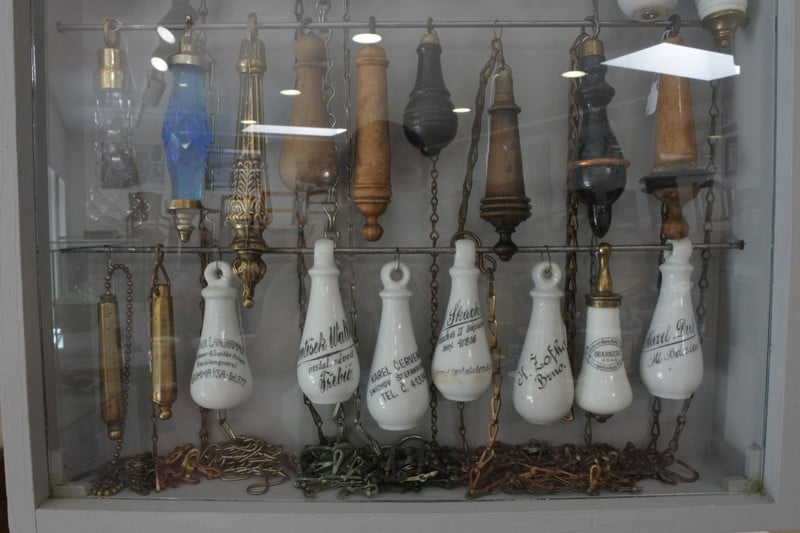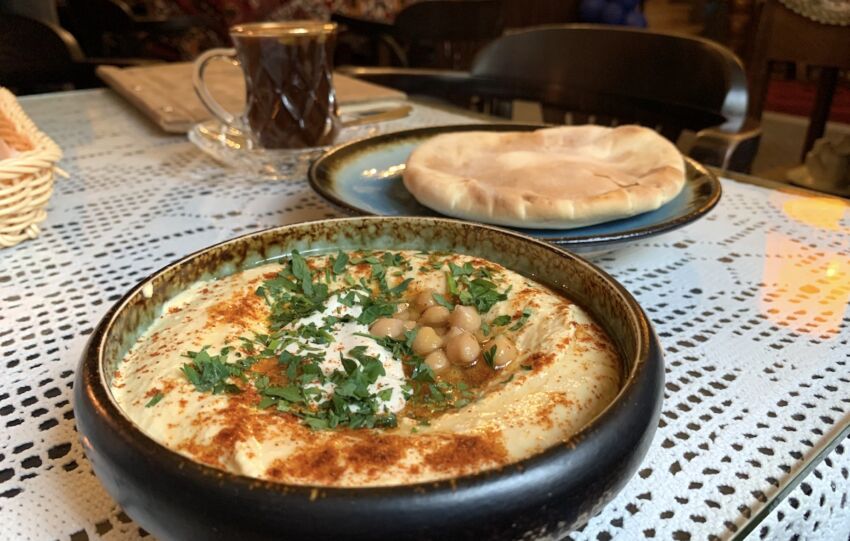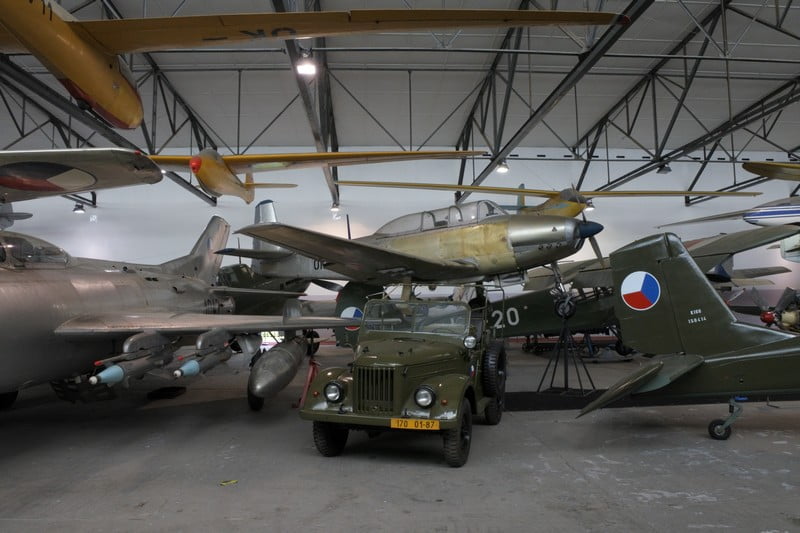Share This Article
Lednice Palace is a remarkable structure that, along with its garden, has been inscribed on the UNESCO World Heritage List as part of the “Lednice–Valtice Cultural Landscape.” This impressive palace complex makes a lasting impression and is frequently visited by domestic tourists, while also ranking high among visitors from Poland and Austria.
The entire UNESCO-listed area is an interesting region in itself. Two palaces stand out in particular – Lednice, which we describe here, and Valtice, where you’ll also find a popular attraction: the Wine Salon of the Czech Republic, located at the National Wine Centre.
Location
Lednice Palace is located in the Czech Republic, in the South Moravian Region. It lies about 10 kilometers from the Austrian border. The exact address is Zámek 1, 691 44 Lednice na Moravě. The palace is just about 7 kilometers from the E65 highway that leads to Brno and Bratislava, and the nearest larger town is Břeclav, less than 10 kilometers away.
If you’re arriving by car, there’s a parking lot (Parkoviště – Zámecké náměstí) right by the palace entrance. It’s not very large and can be crowded during peak season, but it is the most convenient. However, be prepared for two inconveniences: payment is only possible with coins, and you pay per hour – there’s no full-day option. Fortunately, online payment is available by scanning a QR code from the parking meter, which we used. The cost is 40 CZK per hour.
Opening hours and ticket prices
Lednice Palace is open to visitors, along with the surrounding gardens. Entry to the gardens is free, but access to the palace requires a ticket. Tickets are sold in the former palace stables, already hinting at the grand scale of the estate.
The opening hours vary depending on the season and the selected tour route. It’s best to check the current schedule on the official website before visiting. For example, in October, the basic tour is available from Tuesday to Friday between 11:00 and 14:00, and on weekends from 9:00 to 16:00. In November and until mid-December, weekday hours remain the same, but weekend hours shorten to 10:00–16:00.
Ticket prices depend on the selected tour. A standard adult ticket for the basic route costs 300 CZK. Seniors and youth aged 18-24 pay 240 CZK, and children aged 6-17 can get a reduced ticket for 90 CZK (children under 5 enter for free). Additional fees apply for other attractions such as the Minaret. More about the basic tour below.
Lednice – sightseeing
Visitors to Lednice Palace can choose from several tour routes. The basic tour includes the representative halls, but you can also explore the Private Apartments, Children’s Rooms and Puppet Museum, the Grotta, the Greenhouse, the Minaret, and Janohrad. Exact hours and ticket prices for each can be found on the official website.
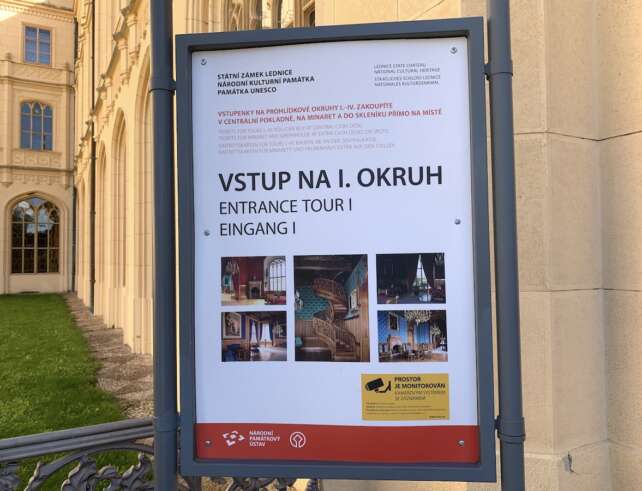
A brief history of Lednice Palace
The first mention of Lednice dates back to 1222, when a Gothic fortress likely stood here. The history of Lednice Palace is closely tied to the House of Liechtenstein, who shaped its appearance over centuries. Their name first appears in palace records in 1249, and they owned Lednice from 1317 to 1945.
The original Gothic fortress went through numerous changes over time, but the most significant transformation took place in the 19th century when it was rebuilt in a Romantic style with Neo-Gothic elements. The palace took its current form between 1846 and 1858, with architect Georg Wingelmüller leading the redesign.
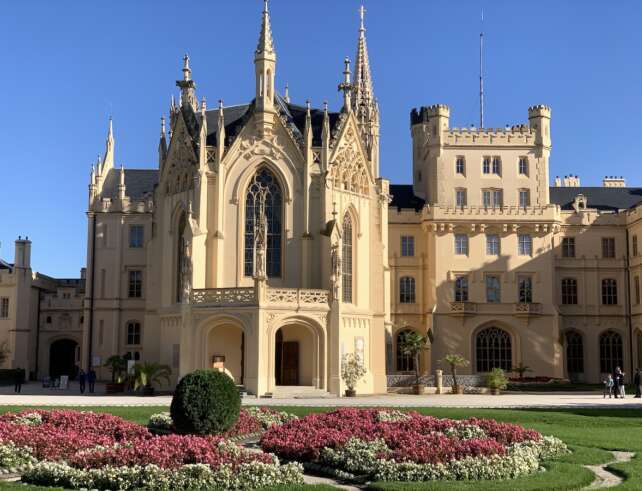
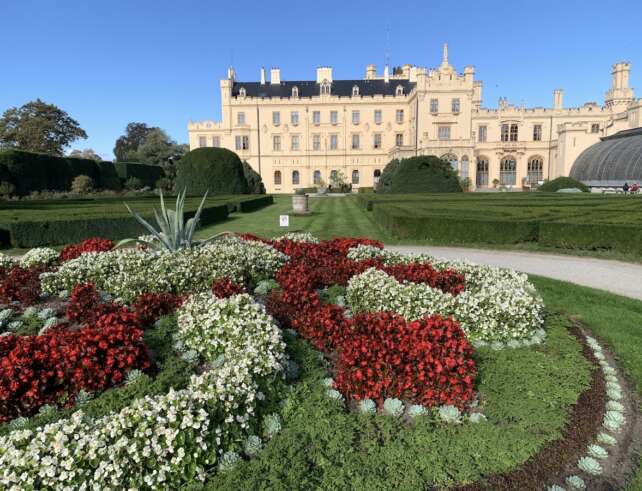
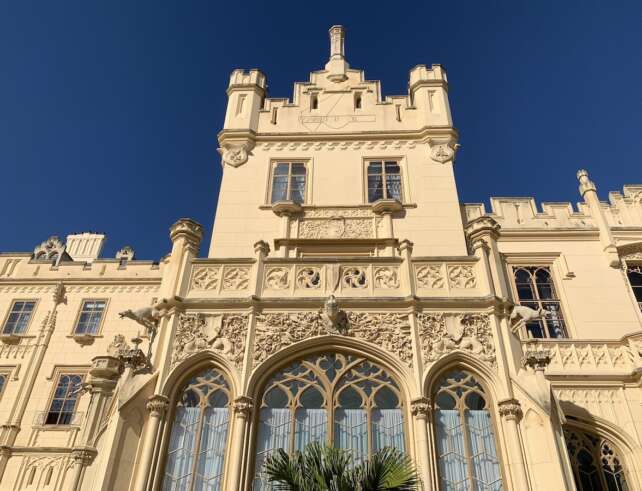
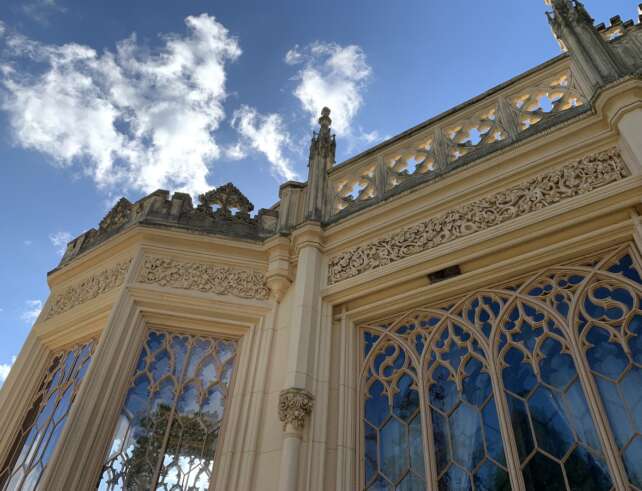
Interior highlights
Lednice Palace is a majestic building, captivating with its rich details and refined style. The exterior is richly decorated, with tall towers, pointed windows, and elegant lines that make it look like something out of a fairy tale.
The interiors are equally impressive. Grand halls and numerous salons are decorated in Neo-Renaissance and Neo-Gothic styles, reflecting the owners’ appreciation for art and culture. Each room has its own unique atmosphere and decor, showing a wide array of artistic influences.
The tour begins with a striking staircase and spectacular chandeliers. The staircase is self-supporting and was crafted in Karl Lester’s workshop in Vienna. The chandelier is 15 meters long and weighs 690 kilograms. Three family portraits remain on the walls from the original collection.
The first rooms on the tour are less ornate but still impressive, including both utility and residential spaces. Notable rooms include the Hunting Salon, with sea eagle trophies, and a “unicorn” trophy – actually a horse’s head fitted with a narwhal tusk, once believed to have healing powers.
This part also includes the African Salon, entrance hall, Blue Room, Francisca’s Bedroom, Chinese Room, and Knights’ Hall.
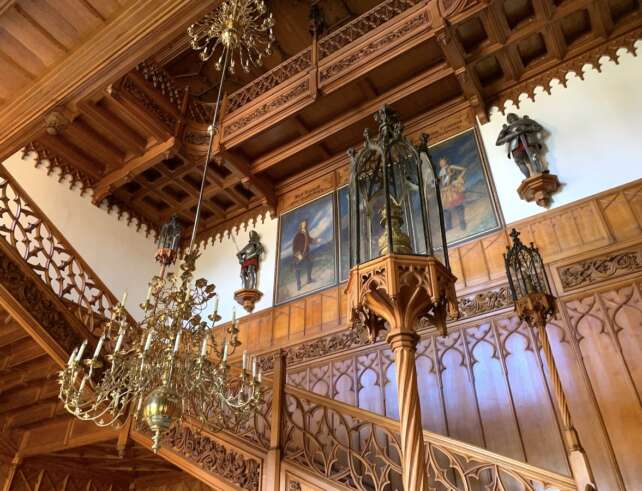
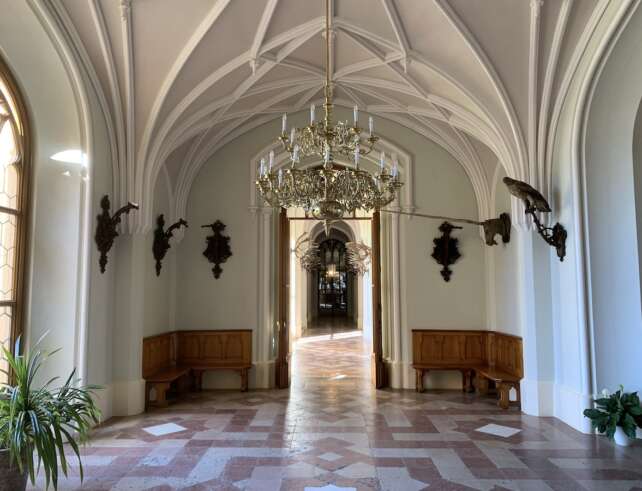
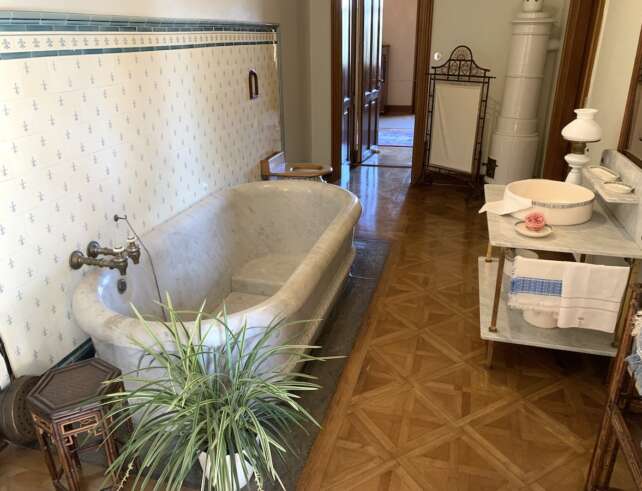
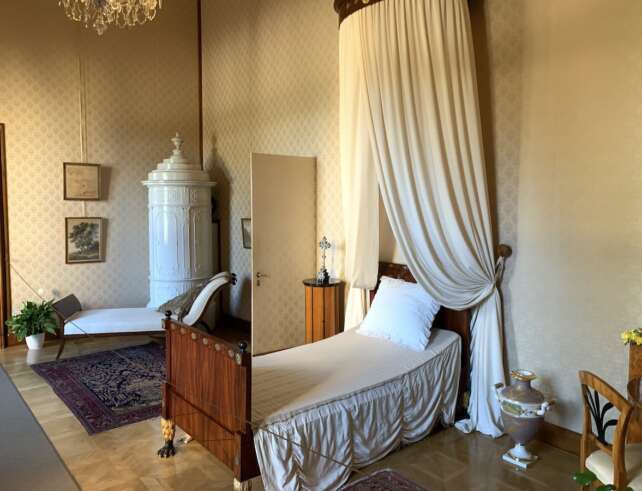
Visiting the palace interiors can be divided into two parts. The first is somewhat more austere, and the second – which I personally became a huge fan of. The extraordinary wallpaper colors, detailed wooden decorations combined with fascinating features and exhibits left me deeply impressed long after leaving the palace. You really have to see it with your own eyes – for a taste of what’s inside, take a look at the photos!
The tour begins with the Dining Room and the Intermediate Salon, followed by the Library. Pay special attention to the staircase (see the first photo) – it was carved from a single oak trunk. Next, we move on to the Music Salon, the Smoking Room, and the Blue Salon, where the interior tour concludes.
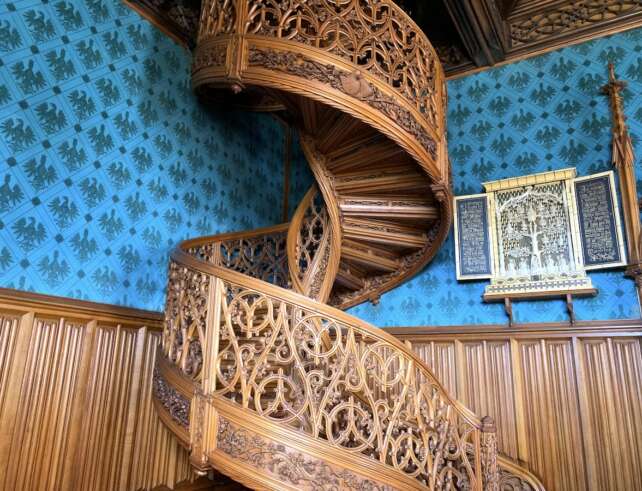
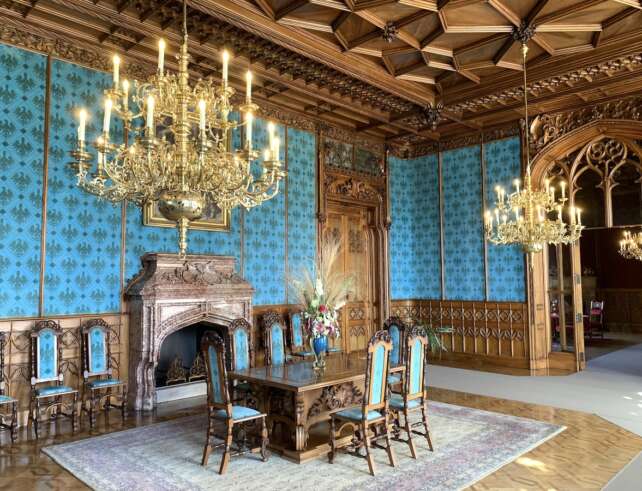
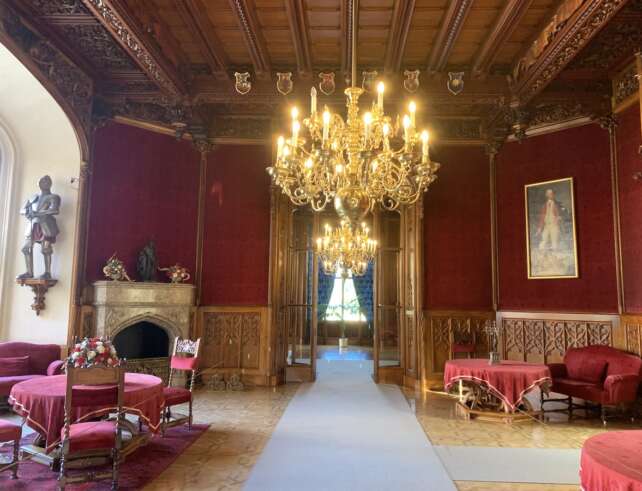
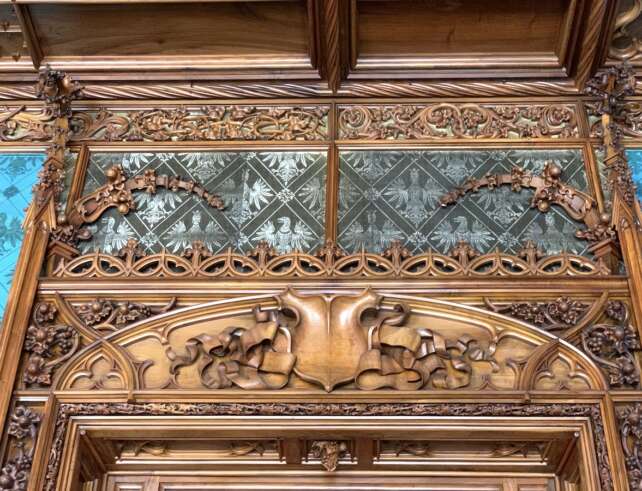
Church of St. James the Greater
Given the size of the palace and the park itself, the palace “chapel” could only be described as impressive. The Church of St. James the Greater is a full-sized temple that many towns would be proud to have. It served as the palace chapel of the Liechtenstein family and was built in its current form in the mid-19th century. It was consecrated on October 5, 1858. Previously, a Baroque church—likely dating back to 1731—stood on the same site. Be sure to take note of the altarpiece painting of the Holy Family by Franz Ittenbach, which is located in the winged altar.
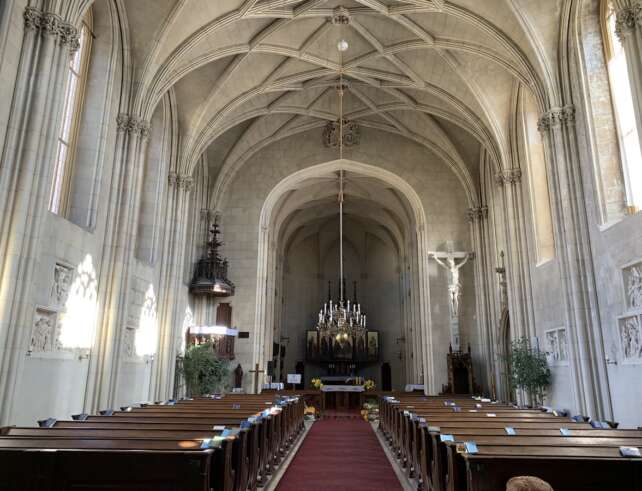
The Palace Park
The surroundings of the palace are just as impressive as the building itself. The vast English-style park, designed in the 19th century, is home to many rare species of trees and plants. As you stroll along the park’s pathways, you may come across romantic bridges, picturesque ponds, and a number of small architectural gems – such as a minaret that once served as an ornate gloriette.
The Lednice Park is also a place where nature meets art. Various sculptures and fountains scattered throughout the grounds add a unique charm to the area. It’s an ideal spot for long walks, during which you can admire both natural beauty and human creativity.
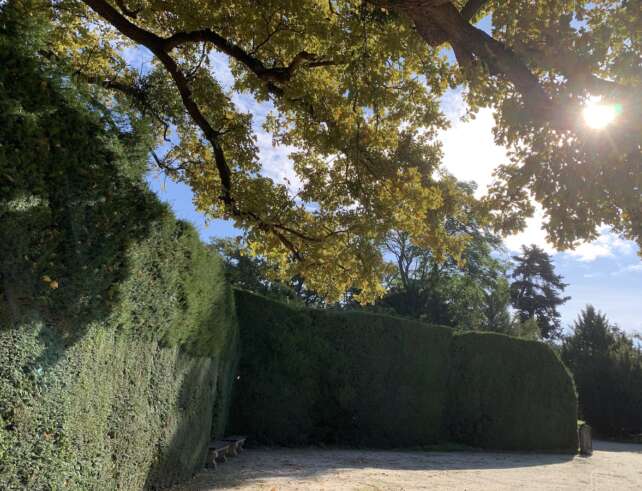
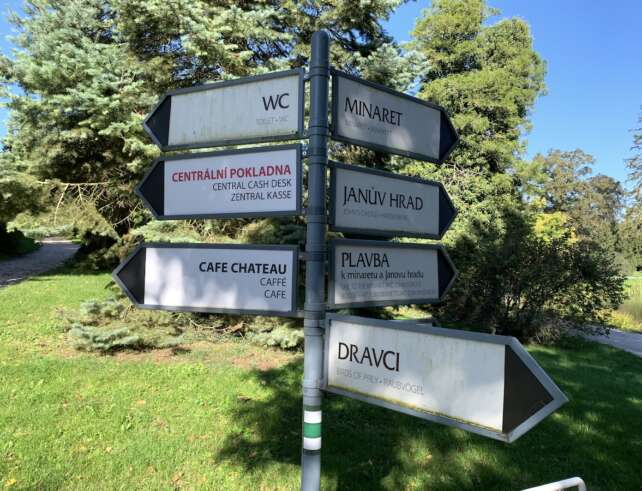
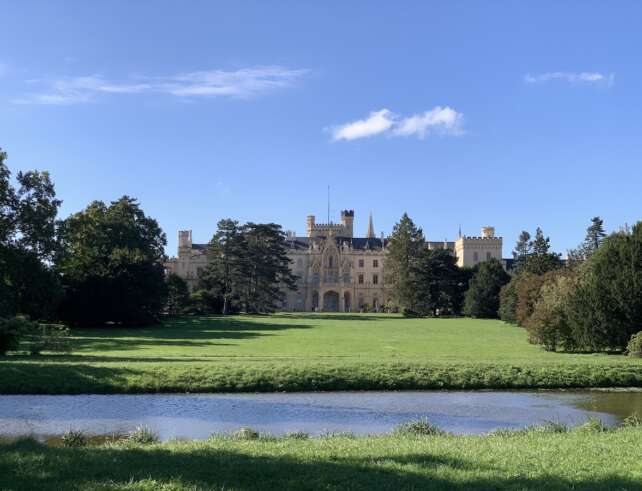
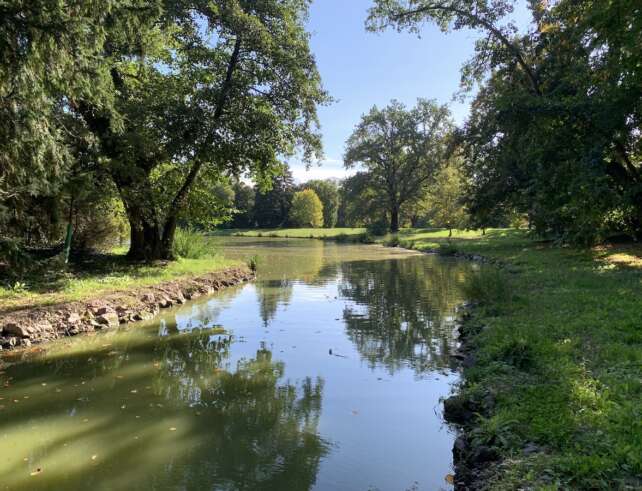
Minaret
One of the more unusual structures within the palace park is the minaret. Built at the end of the 19th century, it stands about 60 meters tall. Visitors can climb to the top (approximately 300 steps) to admire the panoramic view of the park. The tower features three viewing galleries. You can reach the minaret on foot or take a boat, which departs, for example, near the Moorish Pavilion. It is one of the tallest buildings of its kind in non-Islamic countries. The minaret was designed by J. Hardmuth.
Admission to the minaret costs 100 CZK for adults, 80 CZK for seniors and students, and 30 CZK for children.
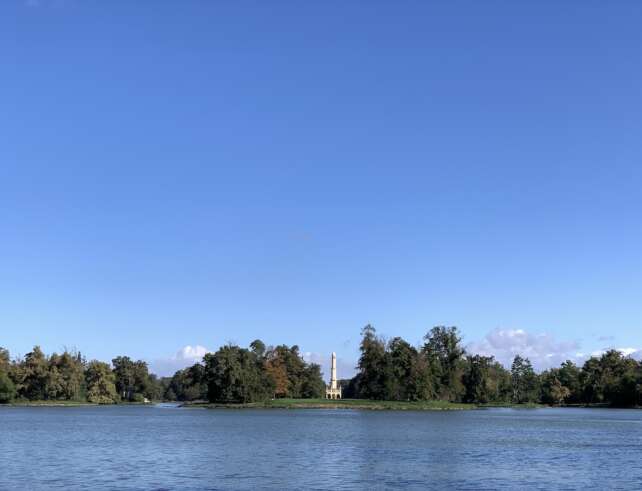
Lednice Palace and its Orangery
Right next to the palace stands the Orangery, built around the same time as the minaret. Made of glass and metal, it houses many species of exotic plants, including a palm tree that is over 300 years old. The structure was intended not only as a place for cultivating exotic flora but also as a space for relaxation and contemplation, where the princely family could escape the harsh European winters into a world of eternal greenery.
The Moorish Pavilion
This remarkable structure owes its appearance to a renovation by architect Wingelmuller. It originally served as a bathhouse and was part of the technical infrastructure for the park’s irrigation system. Later, turbines generating electricity were also installed here. Today, the building houses a café, and from the outside, it has a distinctly “oriental” look.
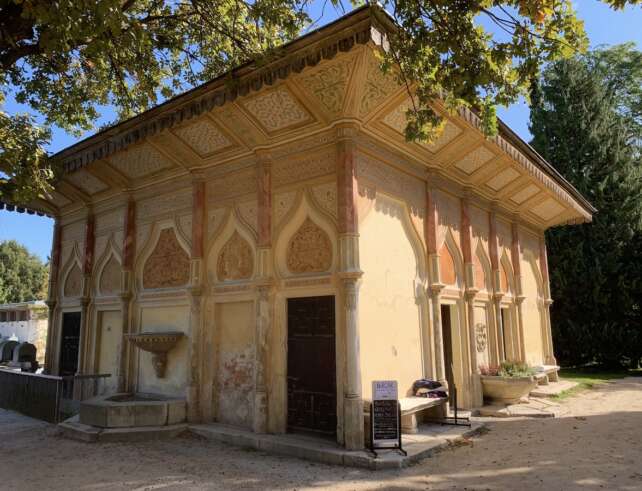
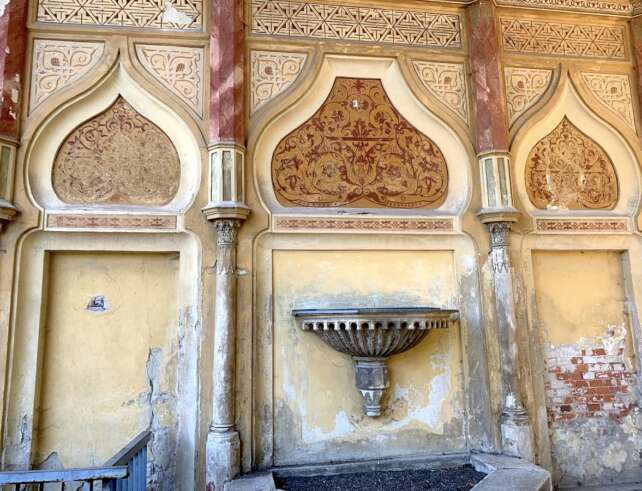
Stables
Lednice Palace is also home to some fascinating stables. Although perhaps less well-known than the palace itself or its orangery, they are an integral part of the historic complex that draws architecture enthusiasts. These beautiful structures stand as a testament not only to the region’s equestrian traditions but also to the owners’ passion for horses and horseback riding.
Today, one of the former stable buildings houses the ticket office, so there’s a good chance you’ll visit it during your stay.
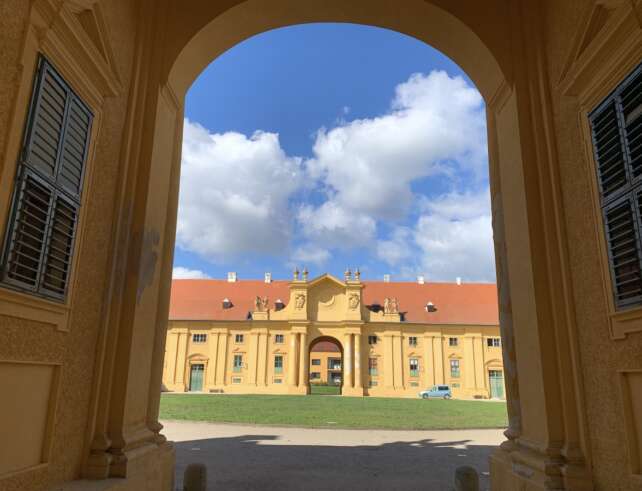
Worth visiting?
Lednice Palace is a place that truly impresses. The building itself is stunning, and when combined with the garden – which I dare say might be larger than the entire town – it becomes a tourist attraction where you can easily spend at least half a day. The exterior is already striking, but some of the palace interiors take the experience to an entirely new level.
The Lednice-Valtice Area, listed as a UNESCO World Heritage Site, is a must-visit during any trip to South Moravia, and I highly recommend adding it to your future travel plans. For fans of wine tourism, this region is sure to be a highlight. And if you’re planning a longer stay, don’t miss the National Wine Centre – the Wine Salon of the Czech Republic in Valtice.



